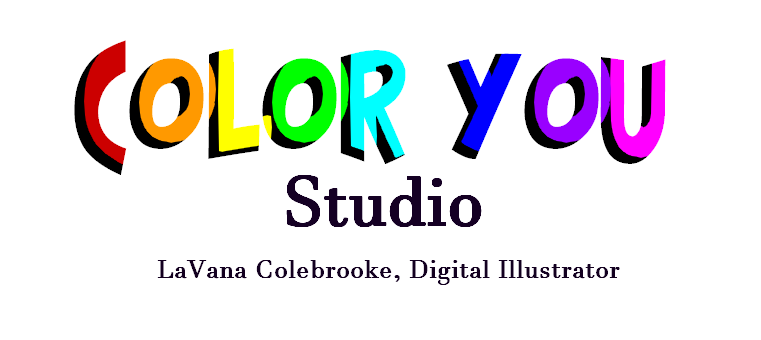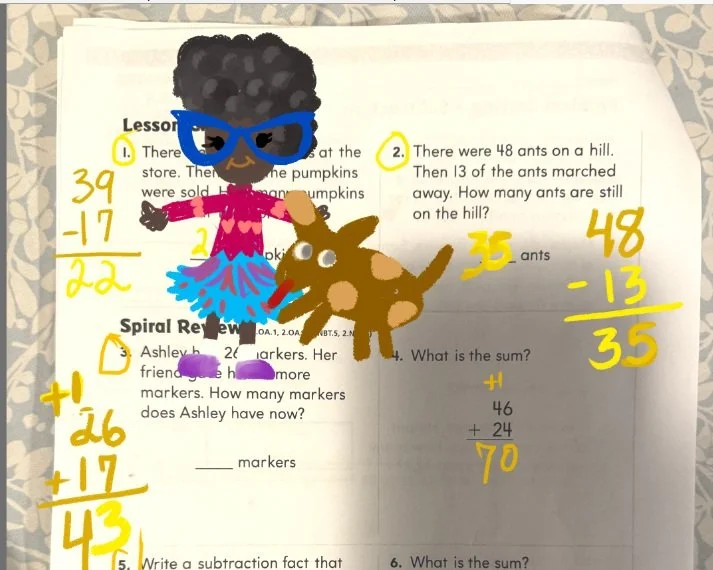Empowering Neurodivergent Students: Creative Art Tutoring for Emotional Growth and Academic Success
One of the most profound challenges that neurodivergent individuals, both children and adults, face is understanding human actions and motives. They often find themselves grappling with social situations that leave them confused or distressed, particularly when gaslighting or emotional manipulation is involved.
For many, the desire to avoid conflict and the inability to comprehend what went wrong in social exchanges lead to deeply internalized self-blame. Thoughts like “Why am I so broken? What’s wrong with me? Being human is so hard!” become all too familiar.
For adults, even with the tools and experiences they've gained, navigating such complexities can be overwhelming. Now imagine this from the perspective of children, who are still learning how to process emotions and maneuver through life. For them, these struggles can feel like a painful stake through the heart, especially as they transition into young adulthood.
This is where the power of creative, empathetic tutoring comes in. As an art tutor combining practical strategies with emotional understanding, it can help neurodivergent students build self-esteem and self-worth while navigating these challenges. This is where art tutoring becomes a transformative experience for them.
MissC and he dog Cow.
Turning Stories into Understanding
When students share their social struggles or emotional confusion, creativity and empathy can help them to make sense of it all. To start, listen carefully to their stories and emotions. Then, guide them by relating their experience to a similar situation or emotion they’ve encountered or witnessed. Why? Because understanding an emotion they’ve already felt can serve as a bridge to recognizing it in different contexts.
For instance, if a student feels hurt after a friend’s rejection, identify those feelings and discuss possible reasons behind the friend's actions. From there, explore broader social patterns and emotional cues, which can help them become more socially conscious and emotionally aware. This process isn’t perfect—every child is unique, and each brain processes information differently—but it’s a step toward understanding.
Empowering with Strategies
The goal isn’t just to explain emotions but also to equip students with preemptive strategies to protect their self-worth. Here are some key messages that could be emphasized during these situations:
1. Everyone varies: People’s actions and emotions are shaped by their unique circumstances, and that’s okay.
2. It’s okay to stand up for yourself: Being assertive doesn’t make you mean, even if others try to make you feel that way.
3. Social awareness is a tool: Understanding social patterns and expected emotional responses can help navigate relationships.
4. Environment matters: Where someone grows up or their life experiences can influence their behavior.
5. Not all “why” questions have answers: Sometimes, we may never fully understand why something happened—and that’s okay.
6. Learning is a journey: Trying to understand emotions and actions is a process, not a destination.
These lessons help students see the world through a more compassionate lens while reinforcing their right to stand tall, even when faced with misunderstandings or conflict.
Barty the Butterfly
The Role of Creativity and Art
Art is a secret weapon in making these lessons stick. Creative activities allow students to express emotions they may not yet have the words for, and they make learning more engaging and less intimidating. Drawing, painting, or even storytelling through comics can help neurodivergent students process their experiences in a safe and enjoyable way.
Research supports the role of art in emotional development. Studies have shown that engaging in art activities can enhance emotional intelligence by improving self-awareness, empathy, and emotional regulation. Art also provides a therapeutic outlet for processing emotions, as highlighted in videos like “How Does Art Therapy Heal the Soul?” and “Art as a Tool for Social Emotional Learning” . These connections go beyond academics, reminding students that they are seen, valued, and understood.
Lessons from the Field
To be an effective tutor for neurodivergent students, it takes more than subject knowledge. My years of working with children from diverse backgrounds—different ages, environments, and mindsets—have taught me the importance of patience and kindness. It requires:
- A strong foundation in social studies and world history, which provide context for human behavior.
- An understanding of emotional intelligence and how neurodivergent brains process information.
- A willingness to meet each child where they are and adapt teaching methods to their needs.
These qualities help create a nurturing space where students feel safe to express themselves and explore new ways of thinking.
Building a Better Future
Tutors who embrace kindness, creativity, and knowledge have the power to help neurodivergent students build self-esteem and self-worth. Through art tutoring, I’ve seen students transform confusing emotions into clear understanding, self-doubt into confidence, and fear into resilience.
For parents and educators, the journey doesn’t stop here. Continue to explore materials on emotional intelligence to deepen your understanding of human behavior and nature. Such sources include:
-“How Art Facilitates Emotional Growth in Children”
-“Art Activities for Kids: Enhancing Emotional Development”
-“Explaining Neurodivergence to Neurotypical Children” <7 mins
The Chic & Stylish Butterfly
Final Thoughts
Building emotional and social understanding, with self-awareness and respect through art tutoring, is about more than academic success. It’s about empowering children and adults alike to understand themselves and the world around them. Let’s inspire our students, particularly our neurodivergent students, to believe in their worth and their ability to thrive.
And if you are someone looking for a patient and engaging private tutor for core subjects k-9, book a FREE 15 consultation to start.
And remember, a little creativity and color goes a long way!
💖🎨⭐
Love, Light, and Art
Your Digital Illustrator ~ LaVana C.
#emotional #social #humanbehaviour #tutoringonline #onlinetutor #tutoringandart #SPED #ADHD #onthespectrum #digitalartist #illustrator #artistdailylife




